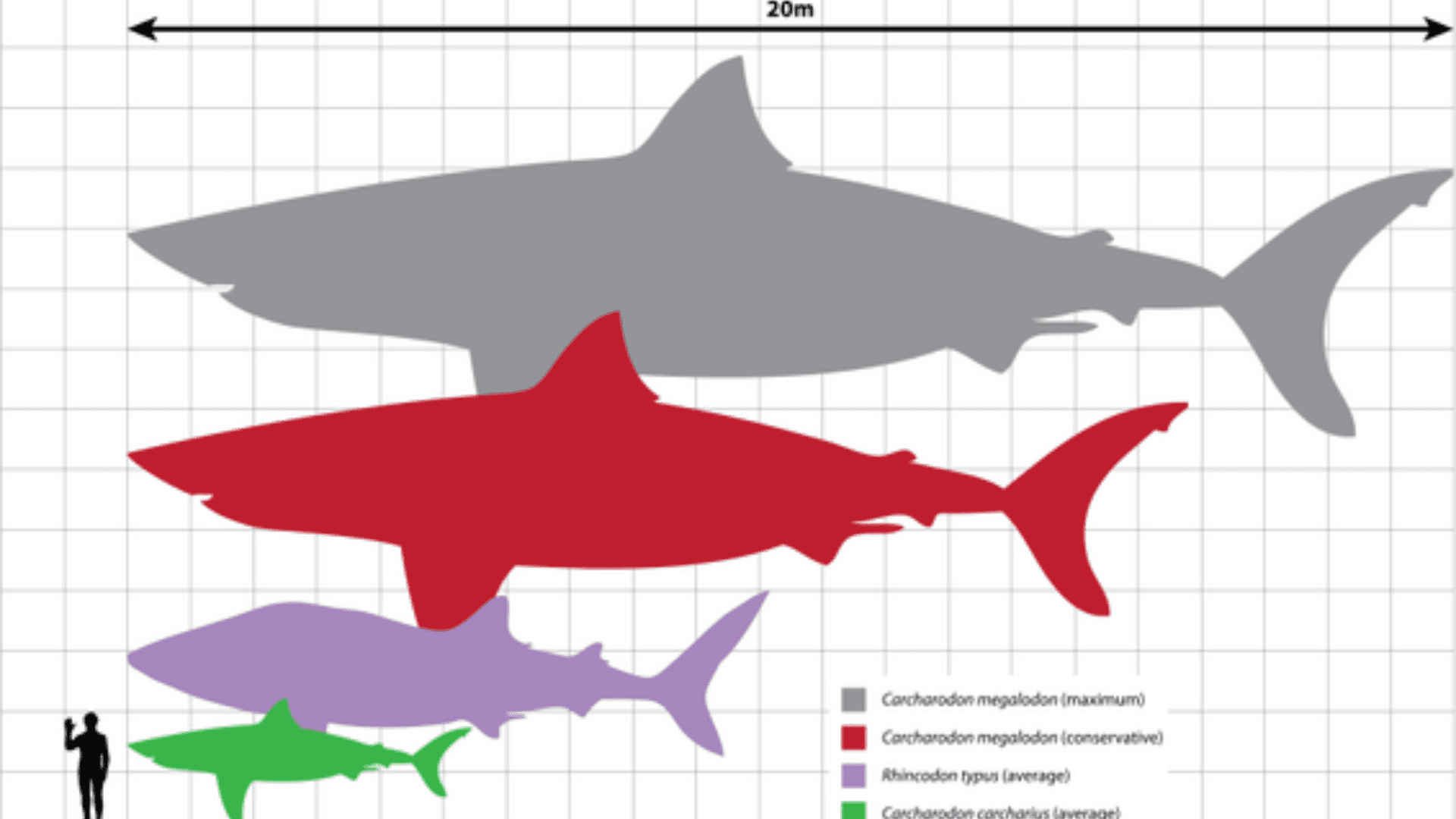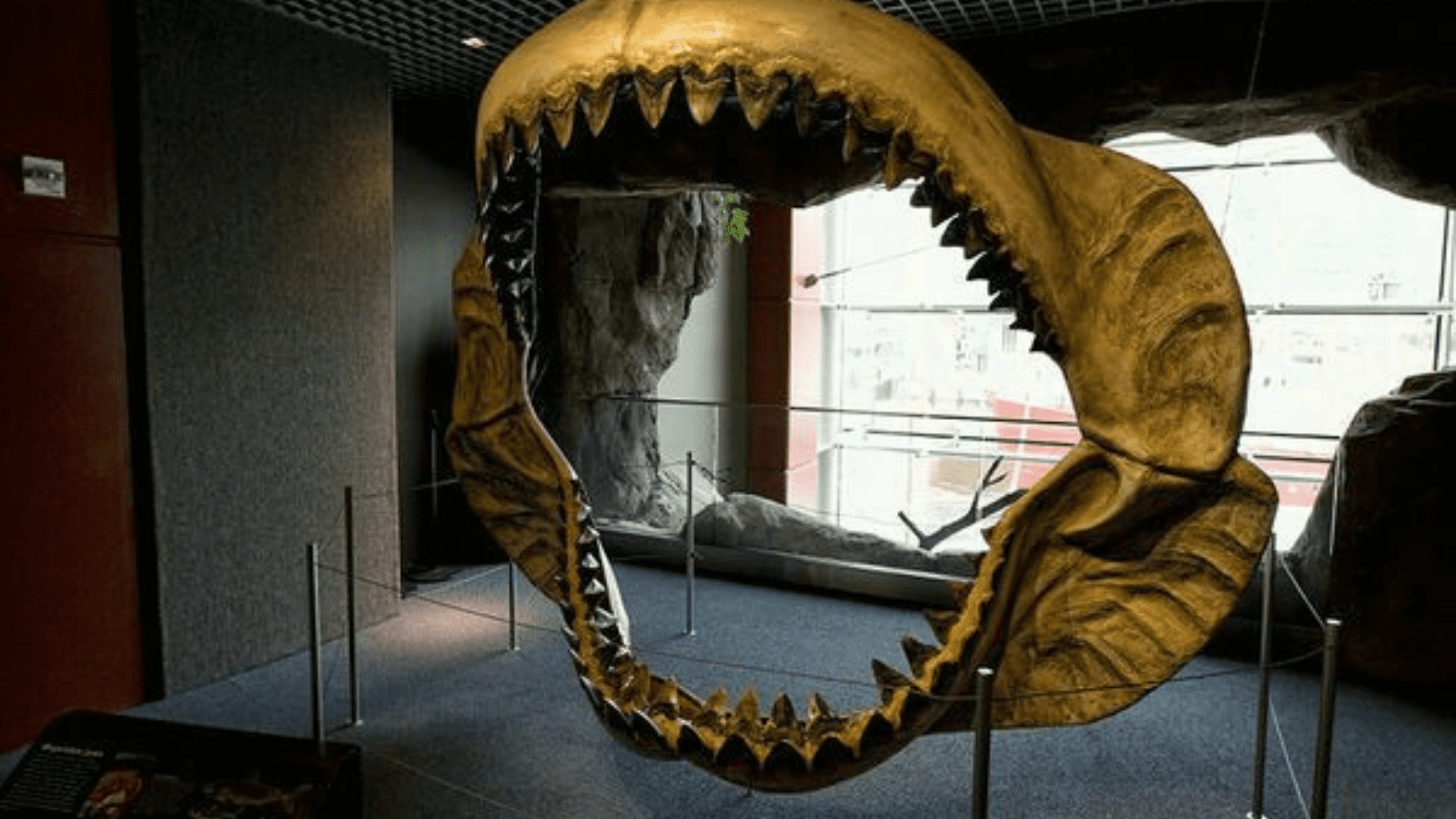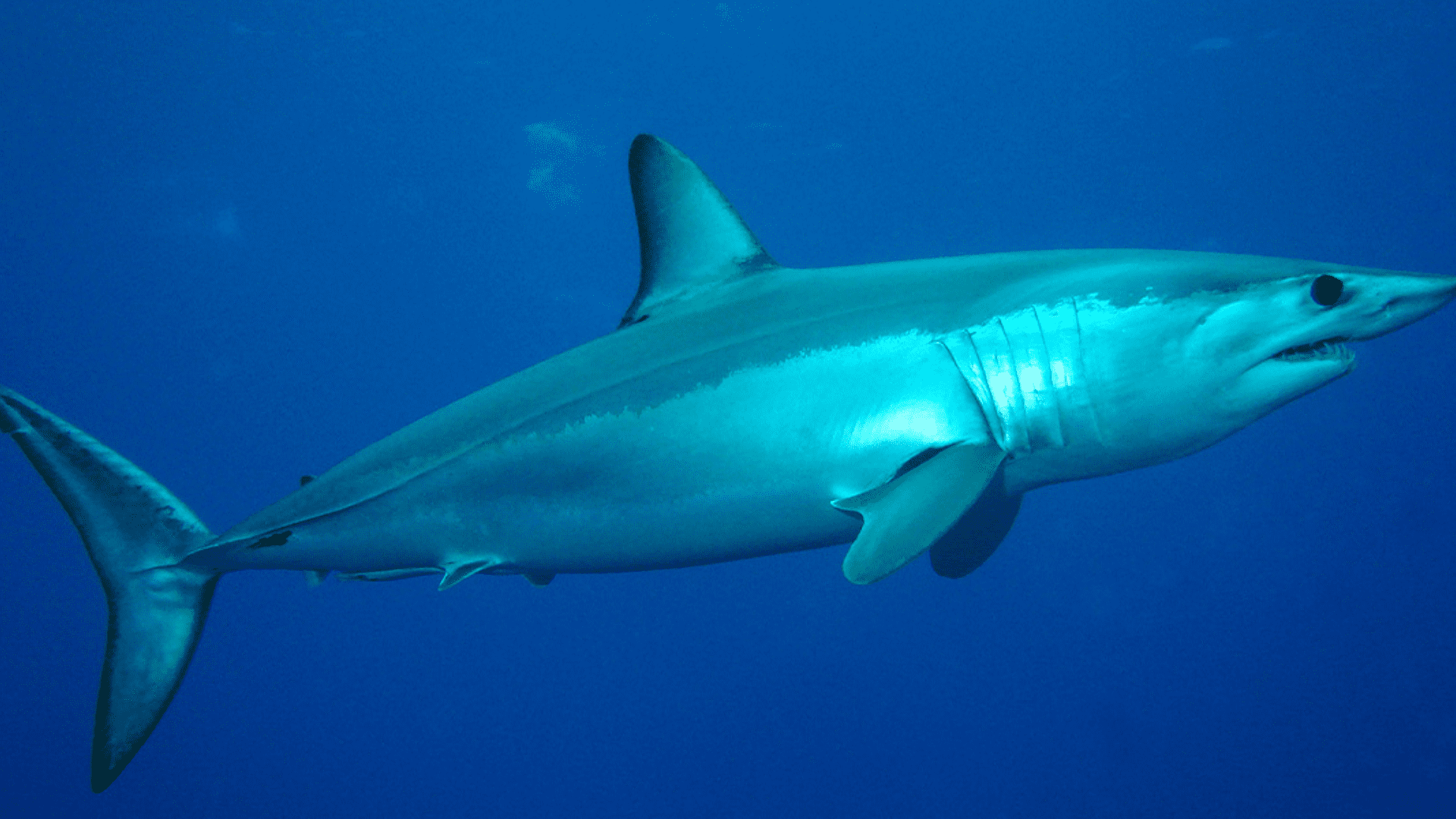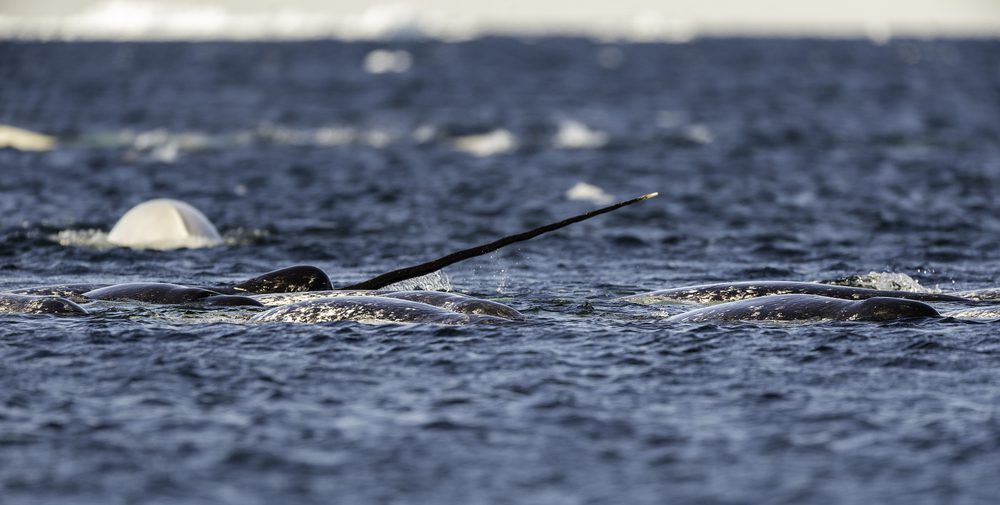Megalodons are thought to be a giant, great white shark. What we think of a megalodon is a giant shark that once roamed the oceans in the prehistoric era. It’s scary, it’s big and it’s mean. While it is scary and probably mean, researchers suspect it wasn’t as “mega” as we think.
The Megalodon

The megalodon is the biggest shark to ever live, there is no questioning that. Megalodons went extinct millions of years ago but remain one of the most interesting creatures that once swam the depths of the ocean. But after discovering a “discrepancy” in past research, scientists are now questioning how big the megalodon was. A megalodon tooth is three times bigger than a modern-day great white tooth. The largest megalodon tooth on record is about 7 inches long. However, there are disagreements when it comes to the size after reanalyzing fossils.
The Size

An incomplete spine of a fossilized megalodon suggests the supersized sea monster was about 52 feet in length, resembling a great white shark. Not only did it suggest the massive length but it’s believed that it was broad like a great white. Researchers have always pictured it as having a puffed-out chest combined with a long body. Its size and appearance are discussed in a study from Science Advances, which looked at a 3D model of the spine to determine the length and girth of the megalodon.
Explore Tomorrow's World from your inbox
Get the latest science, technology, and sustainability content delivered to your inbox.
I understand that by providing my email address, I agree to receive emails from Tomorrow's World Today. I understand that I may opt out of receiving such communications at any time.
The Discrepancy
Researchers from the Royal Belgian Institute of Natural Sciences (IRSNB) find discrepancies in the Science Advances study. IRSNB researchers believe the megalodon was more slender and longer. The team discusses it in a study on Palaeontologia Electronica. Because a shark’s skeleton is mostly cartilage, the only thing to compare is fossilized teeth and vertebrae. This is because cartilage is harder to preserve than fossils. In the study, researchers examine CT scans of a juvenile great white’s vertebral skeletons and then compare them to those of a megalodon. Findings show a difference in the growth of the center of the vertebrae, which relates to girth. When they looked at the results, they determined the megalodon’s vertebral column was much thinner than the great white shark’s, meaning it is much slimmer than the great white as well.
More Like a Mako
Instead of the great white being a model, co-author of the study Phillip Sternes suggests a mako shark is a better comparison. Previously, studies suggest a vertebrae length of about 36 feet. That doesn’t account for the tail and head. But the new findings say that could be a minimum length. Researchers suggest it mirrored the mako shark’s long and slim body.

Although the researchers believe megalodons were long and thin, they don’t want to give a definitive size. New information suggests it could have reached 50-66 feet. Co-author Kenshu Shimada said, “The reality is that we need the discovery of at least one complete Megalodon skeleton to be more confident about its true size as well as its body form.”
The authors of the Advance Science study do not agree with the new findings. Instead, they say it’s more of an alternate hypothesis that suffers from circular logic — when an argument assumes the conclusion is correct and uses the conclusion to support the argument.







